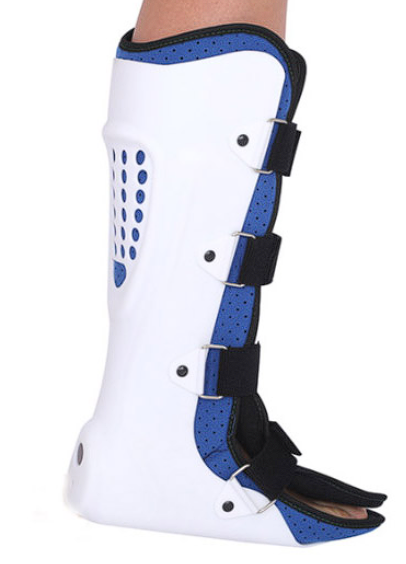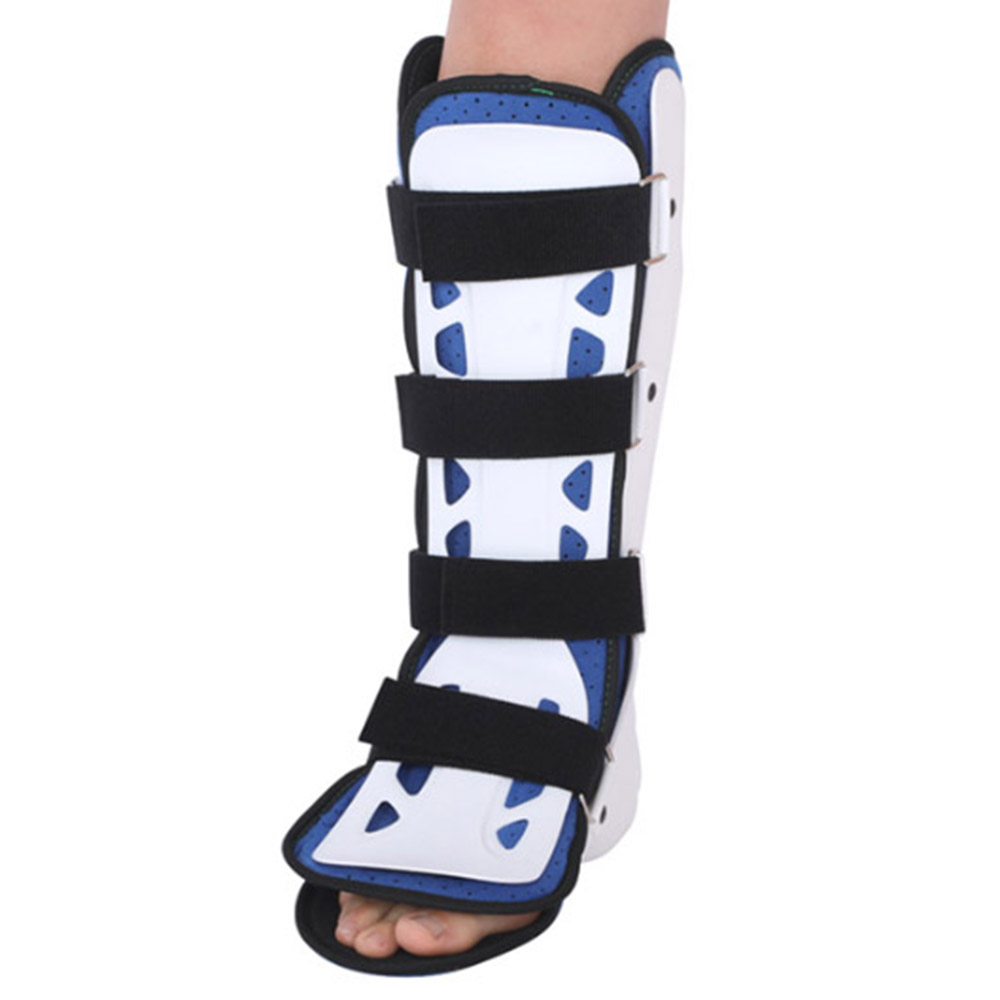Foot security is a crucial part of wellbeing in different conditions, guaranteeing people are shielded against expected risks and wounds. From working environments to outside undertakings, understanding when to wear Foot security is essential for keeping up with ideal security and prosperity. In this article, we’ll explain various situations when to wear foot protection, including work environment wellbeing, open-air exercises, sporting pursuits, medical services settings, and extraordinary contemplations.

When To Wear Foot Protection?
- Workplace Safety:
A. Industrial Environments
Construction Sites: Building locales are clamouring with movement, including large equipment, falling items, and lopsided landscapes. Wearing strong steel-toed boots or security shoes with built-up bottoms can give essential assurance against potential foot wounds from falling garbage or sharp articles.
Manufacturing Plants: In assembling plants, laborers are presented with different risks like weighty hardware, moving apparatus, and tricky surfaces. Legitimate footwear with slip-safe bottoms and toe assurance is fundamental to forestall mishaps and wounds in these conditions.
B. Hazardous Materials Handling
Chemical Spills: While dealing with unsafe synthetic compounds, spills and sprinkles represent a critical gamble to Foot security. Compound-safe boots or shoes produced using materials, for example, neoprene or elastic give a hindrance against destructive substances, diminishing the gamble of synthetic consumes or skin disturbance.
Biological Hazards: Laborers in conditions where they might come into contact with Biological Hazards, for example, bloodborne microbes or irresistible materials, require suitable Foot security. Waterproof boots or shoe covers can forestall openness to natural liquids and pollutants, limiting the gamble of disease or defilement.
- Outdoor Activities:
A. Hiking and Trekking
Investigating rough territory during climbing or journeying undertakings requests dependable Foot security. Durable climbing boots with lower leg support offer security and a foothold on lopsided surfaces, lessening the gamble of slips, outings, and lower leg wounds.
B. Camping
Whether camping out or exploring open-air trails, legitimate footwear is fundamental for solace and security. Shut toe shoes or boots with strong soles safeguard against unpleasant landscapes, sharp items, and expected experiences with natural life.
C. Outdoor Sports
Taking part in outside sports, for example, rock getting over, trail running, or mountain trekking requires particular footwear intended for the particular requests of every action. Superior execution athletic shoes with improved hold and backing assist competitors with keeping up with deftness and forestall wounds during extraordinary actual effort.
- Recreational Activities:
A. DIY Projects
While handling Do-It-Yourself projects at home or in the studio, wearing proper footwear can forestall mishaps and wounds. Shut toe shoes or work boots give insurance against dropped devices, sharp articles, and potential perils like nails or screws.
B. Gardening
Cultivating fans go through hours outside tending to plants, diving in soil, and taking care of cultivating apparatuses. Lightweight nursery shoes or boots with waterproof elements safeguard against mud, dampness, and sharp thistles, guaranteeing solace and wellbeing while at the same time working in the nursery.
C. Home Repairs
Performing fixes or remodels around the house frequently implies openness to perils like weighty articles, electrical wires, and sharp edges. Steel-toed work boots or wellbeing shoes with cut-safe bottoms offer solid Foot security, decreasing the gamble of wounds during home improvement projects.
- Healthcare and Medical Environments:
A. Hospitals and Clinics
Surgical Areas: Medical care experts working in careful regions face possible openness to organic liquids, sharps, and careful instruments. Wearing shut toe shoes with non-slip soles and defensive shoe covers keeps a clean climate and forestalls inadvertent wounds during operations.
Labs: Lab settings require cautious thoughtfulness regarding wellbeing conventions to limit the gamble of substance spills, organic dangers, and research facility mishaps. Lab professionals and scientists ought to wear proper footwear, for example, compound-safe boots or shut toe shoes, to safeguard against likely openness to unsafe substances.
B. Nursing Homes
Staff individuals in nursing homes and long haul care offices help occupants with everyday exercises, including portability and individual consideration. Agreeable, strong footwear with non-slide bottoms is fundamental for forestalling slips, falls, and foot weariness during broadened times of standing and strolling.

C. First Responder Situations
People on call, including paramedics, firemen, and crisis clinical specialists, require sturdy footwear that can endure the afflictions of crisis circumstances. Boots with cut-safe soles, lower leg backing, and slip-safe tracks give fundamental security and soundness during salvage tasks and emergency reaction endeavors.
- Special Considerations:
A. Weather Conditions
Extreme Temperatures: In outrageous intensity or cool, legitimate footwear directs internal heat levels and safeguards against warm wounds. Protected boots or shoes with breathable, dampness-wicking materials keep feet warm in chilly climates, while lightweight, ventilated footwear forestalls overheating in blistering environments.
Wet or Slippery Surfaces: Wet or elusive surfaces increase the gamble of slips, falls, and mishaps, especially in open-air conditions or modern settings. Waterproof boots with slip-safe soles give footing and security on wet surfaces, diminishing the probability of wounds brought about by slips or falls.
B. Foot Health Concerns
Diabetes: People with diabetes are inclined to foot inconveniences like neuropathy, ulcers, and unfortunate dissemination. Defensive footwear with additional padding, consistent insides, and spacious toe boxes forestalls pressure focus, grinding, and wounds that can prompt serious foot issues.
Circulation Issues: Unfortunately, the course can cause deadness, shivering, and diminished sensation in the feet, expanding the gamble of wounds and contaminations. Pressure socks or restorative footwear with steady highlights further develop dissemination, lessen enlarging, and advance general foot well-being for people with circulatory issues.
End
Knowing when to wear foot protection is fundamental for forestalling wounds and keeping up with well-being in different conditions and exercises. Whether in the work environment, outside, or during sporting pursuits, picking the right footwear can altogether decrease long-haul foot medical conditions.
 ZIMAI Safety
ZIMAI Safety